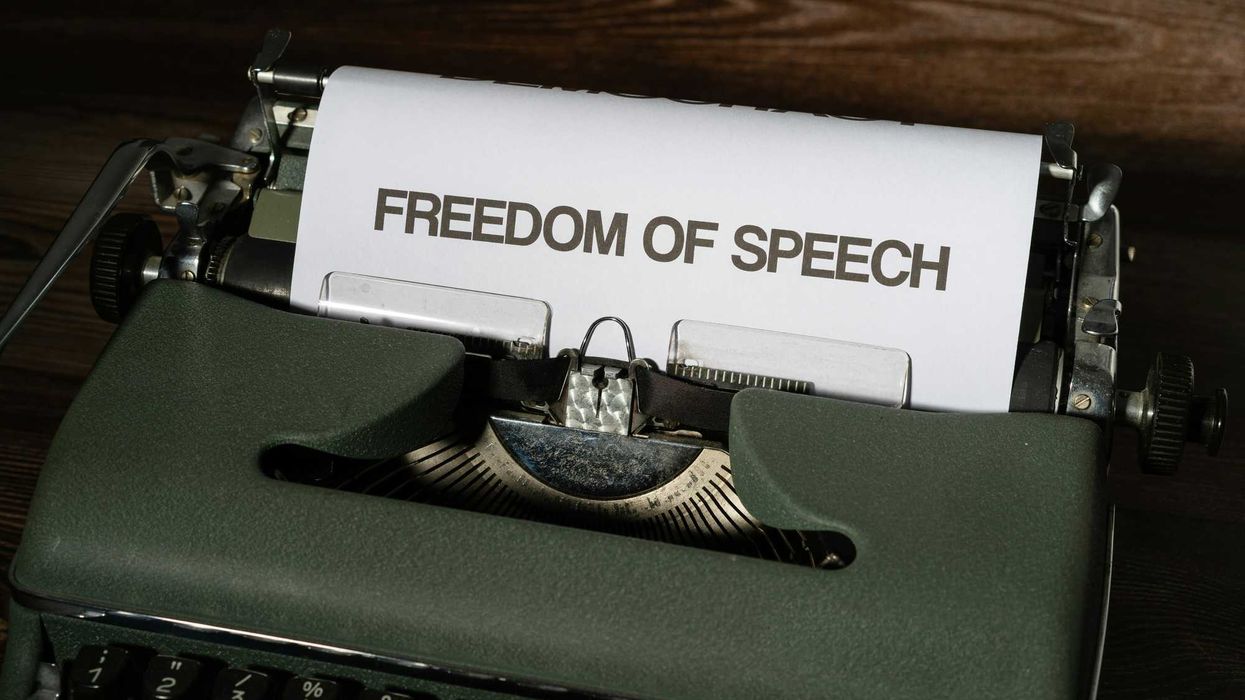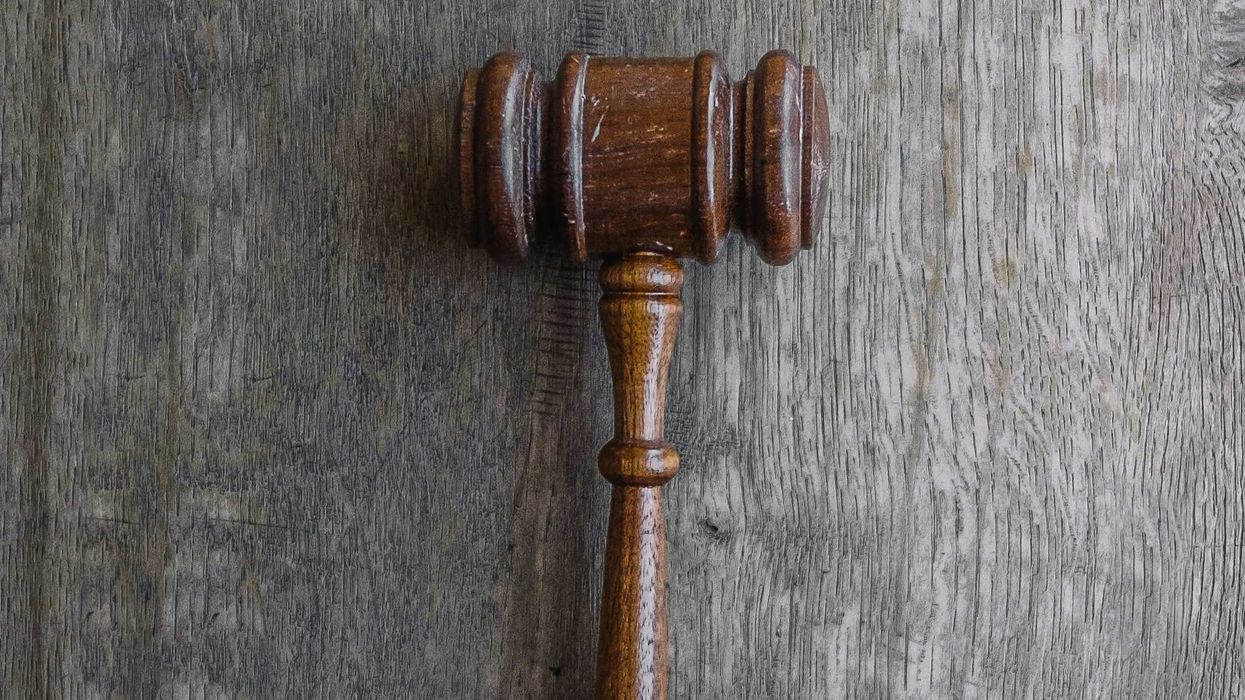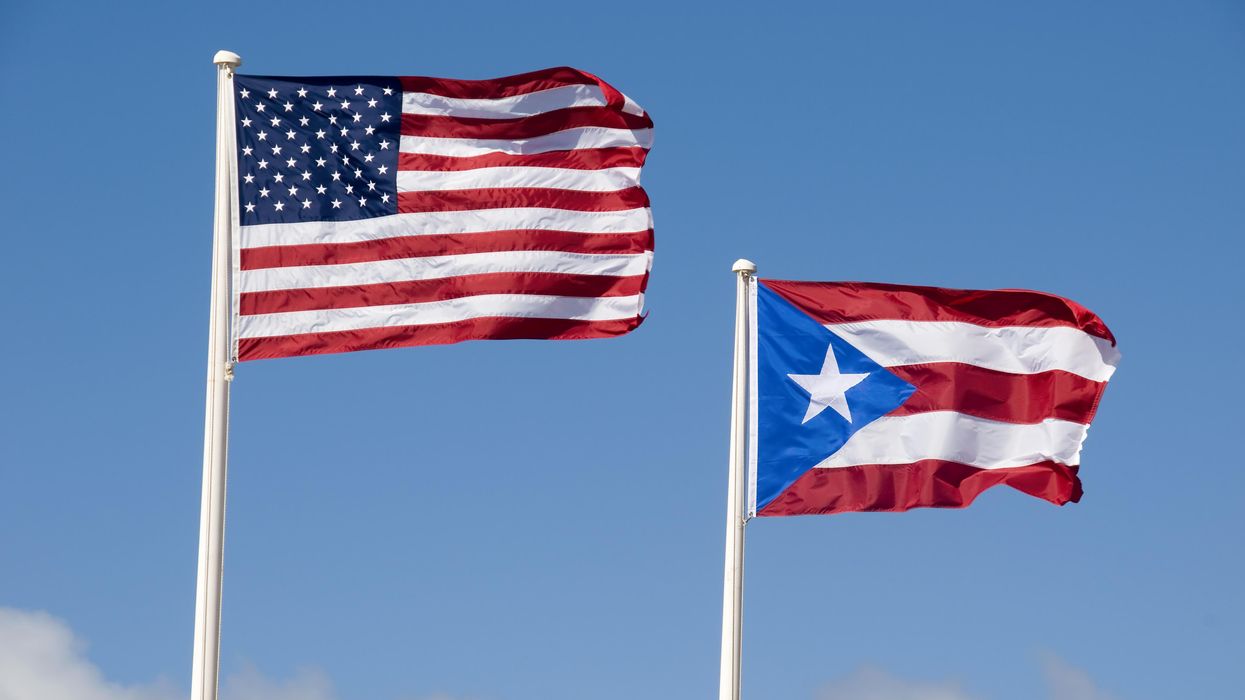Ohio's congressional map is an unconstitutional partisan gerrymander, a panel of three federal judges ruled unanimously on Friday.
The decision only heightens the landmark nature of the decision due next month from the Supreme Court. It is poised to either conclude that drawing electoral districts for partisan gain is not something the courts should interfere with, or else set a nationwide standard for when redistricting becomes so poisoned by political power plays that the voters' free speech or free association rights are violated.
Ohio becomes the fourth state where House district maps have been struck down by a court as impermissibly punishing one party's voters to benefit the other side. The maps in North Carolina, drawn to favor the Republicans, and in Maryland, drawn to benefit the Democrats, are before the Supreme Court. A panel of federal judges in Michigan this month struck down that state's map, at least until the high court ruling. Two years ago, the Pennsylvania Supreme Court said that state's map was unconstitutionally politicized by the GOP and compelled that it get remade so Democrats could contest more seats in the 2018 midterm.
Ohio, Pennsylvania and Michigan are all politically purple and the overall votes for Congress have been split almost evenly in this decade. But Ohio's map has consistently produced a delegation of 12 Republicans and just four Democrats.
Attorneys for the Republicans who ran the mapmaking process at the start of the decade said they collaborated with the Democrats with the main objectives of protecting incumbents at a time the state lost two House seats. But the judges – one named by Bill Clinton, one by Barack Obama and one by George W. Bush – rejected that argument and ordered the state to come up with a more politically balanced map by June 20, likely before the Supreme Court ruling.



















